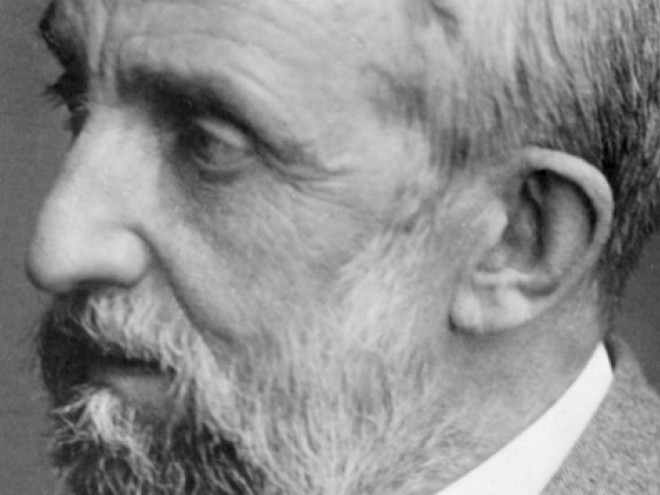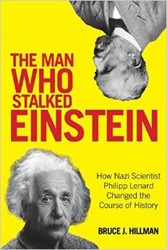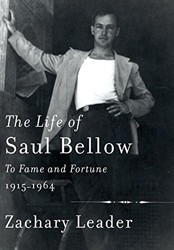Anne Goldman’s Stargazing in the Atomic Age is a powerful meditation on the visionaries who helped mold the twentieth century. This collection of essays covers scientists like Einstein and Feynman, artists like Rothko and Chagall, and musicians like Copeland and Gershwin, among many others, all of whom left their indelible marks on our cultural and intellectual heritage. And, in addition to famous luminaries, Goldman weaves in the stories of the people in her own family — particularly her father, mother, and brother — who helped ignite her intellectual fire.
Goldman writes that by “defamiliarizing these icons through juxtaposition and unsettling our collective assumptions about them… [she] hope[s] to reveal their personalities as more complex and their approaches as more intriguing.” This may be the book’s greatest accomplishment, and the essays’ juxtapositions are wildly successful. Goldman asks the reader to envision the atheist physicist Feynman trying to outwit a group of rabbinical students. She considers the scientists at Los Alamos working on the atomic bomb, their families looking out through the wire fences of Auschwitz. She engages in reconciling the limbo of Chagall and Rothko, caught between the anti-Semitism of a Russian birthplace and the west, never quite feeling at home.
At times, the cultural and literary references stray into the academic (Goldman is a professor of English at Sonoma State University), perhaps leaving a lay reader at a loss. But, then, a sentence gleams forth that shimmers with so much truth, it stops one in their tracks. Goldman engages each of her subjects with an exceptional deftness, alacrity, and energy.
The root of the word essay is “to journey,” but the kind of journey particular to reading Stargazing in the Atomic Age might be better described as a sashay: a hopping, leaping dance. Goldman choreographs a wider kind of understanding of the twentieth century, where art and science — and the people who excel at them — are so much more than just the sum of their parts.
Juli Berwald Ph.D. is a science writer living in Austin, Texas and the author of Spineless: the Science of Jellyfish and the Art of Growing a Backbone. Her book on the future of coral will be published in 2021.




